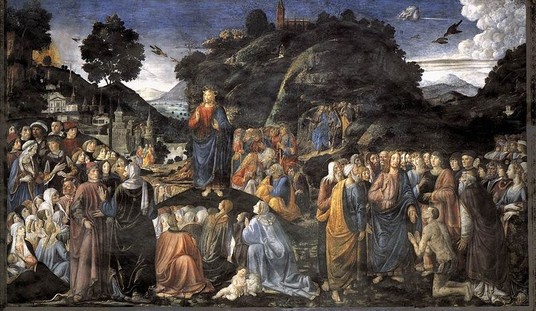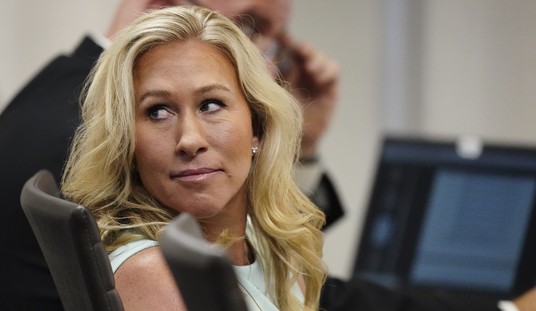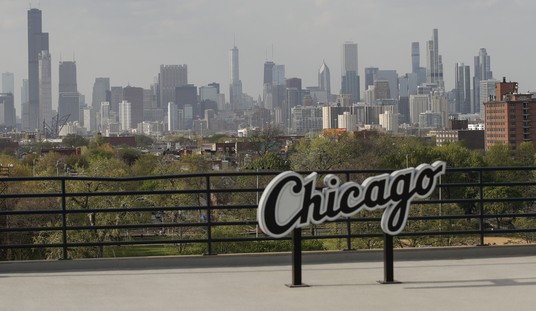Why don’t insurance companies sell policies to auto owners that pay $100,000 if your 1985 Yugo gets totaled? They understand that paying more than the value of a car for its destruction would mean that people would have an incentive to destroy them, a rather obvious rhetorical example of moral hazard. Moral hazard undermines well-functioning markets by introducing artificial insulation from risk. For instance, normally lenders are discouraged from offering loans to people who can’t afford them, because lenders don’t want to get stuck with an unserviceable mortgage and a foreclosed property that will sell far below their investment. But what happens when government intervention interferes with that natural balance, for instance, when government simply buys up loans by the trillions so lenders don’t have to worry about defaults?
We get 2008, that’s what, as the Center for Freedom and Prosperity reminds us in their latest Econ 101 series:
This often happens when government intervention lets people take risks while having little or no skin in the game. Housing policies, for instance, subsidized mortgages, thus enabling irresponsible borrowing and leading to bubbles and bailouts. Politicians may be setting the stage for the next crisis with a too big to fail policy that will subsidize the biggest financial institutions.
CFP is correct to call this Econ 101. Does it worry anyone that our current political leadership still cannot pass this course?
The Justice Department is beginning a major campaign against banks and mortgage brokers suspected of discriminating against minority applicants in lending, opening a new front in the Obama administration’s response to the foreclosure crisis.
Tom Perez, the assistant attorney general for the department’s Civil Rights Division, is expected to announce Thursday in New York that the administration is creating a new unit that will focus exclusively on unfair lending practices. …
While past lending discrimination cases primarily focused on “redlining” — a bank’s refusal to lend to qualified borrowers in minority areas — the new push will instead center on a more recent phenomenon critics have called “reverse redlining.”
In reverse redlining, a mortgage brokerage or bank systematically singles out minority neighborhoods for loans with inferior terms like high up-front fees, high interest rates and lax underwriting practices. Because the original lender would typically resell such a loan after collecting its fees, it did not care about the risk of foreclosure.
It is a rarely used theory, and it carries political risks. Some critics have contended that government rules pushing banks to lend to minority and low-income borrowers contributed to the financial meltdown. The campaign could rekindle that debate.
“They encourage lenders to make risky loans for reasons such as diversity, and then when lenders have a problem because they made too many risky loans, they condemn them for that,” said Ernest Istook, a fellow at the conservative Heritage Foundation and a former Republican congressman from Oklahoma.
It’s the CRA all over again. How long before Congress demands that FHA lenders start issuing mortgage-backed securities to cover its questionable loans? We’re already there.
Update: Reader Evan M notices that the first paragraph had some consistency problems — I’ve cleaned it up.







Join the conversation as a VIP Member